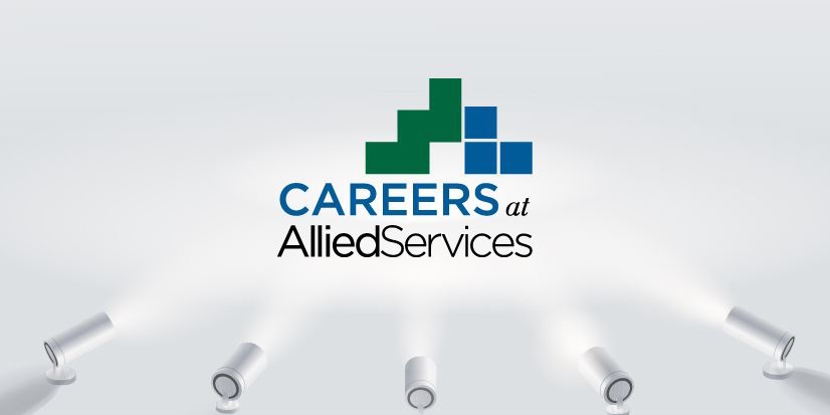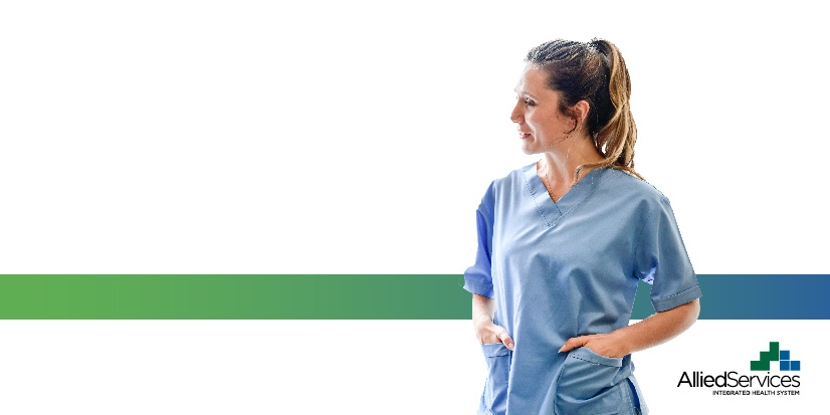Women and Stroke: Knowing Your Specific Risks
- Category: News, Stroke Recovery
- Posted On:
- Written By: Allied Services Integrated Health

According to the American Stroke Association, women have a higher risk of stroke with approximately 55,000 more women than men suffering a stroke each year in America. It is the third leading cause of death in women, even more deadly than breast cancer. The Centers for Disease Prevention and Control reports that women over the age of 75 who have atrial fibrillation, have a 20% increased risk of stroke compared to men. Stroke risk increases with age, and women live longer than men.
It is not just older women who are at risk of stroke. Findings published in the American Heart Association Journal Stroke, show young women are at greater risk for stroke compared to their male peers. More strokes occur in women compared to men between the ages of 18 and 44. The higher incidence of stroke in young women may be due to pregnancy, preeclampsia, and the use of birth control pills. Young women who have medical conditions such as migraines and auto-immune disorders also have a higher risk of stroke.
The good news is that 4 out of 5 strokes are preventable. Recognizing the signs of a stroke and seeking care immediately can greatly increase your chances of survival. In addition to experiencing the universal signs of stroke such as face drooping, arm weakness and speech difficulty, women often have unique stroke symptoms. These can include fainting, general weakness, difficulty breathing or shortness of breath, confusion or disorientation, hallucinations, and nausea or vomiting. Another non-traditional symptom is odd behaviors such as unresponsiveness, agitation, and hallucination.
Because these symptoms are unique to or more prevalent in women, it may be difficult to immediately connect them to stroke. This can delay treatment, which may hinder recovery. Research indicates that further community education is needed even among healthcare providers of the unique stroke symptoms in women.
One of the most striking disparities between men and women is the differences in disability and recovery post-stroke. Research suggests that women were more disabled in various functional activities (eating, dressing, grooming, transfer from bed to chair, and walking) during the acute phase of stroke and at 3 to 6 months post-stroke. This disparity poses a greater challenge to rehabilitation specialists. As a woman and an occupational therapist dedicated to stroke recovery, it is a motivating factor in my work.
Women often have a unique set of occupations (which in this case mean anything you do in your daily life) such as child care, driving, working, volunteerism, leisure, and social participation. Occupational therapists employ a holistic approach considering the person and their specific occupations focusing on restoring function to perform activities that are important and meaningful to women enabling them to get back to doing the things they need and want to do.
Almost all stroke survivors benefit from rehabilitation; however, many women do not join a rehabilitation program for reasons that are not yet clear. Many women who are older at the time of their stroke often go to assisted-living facilities after a stroke rather than to a rehabilitation program. Taking an active positive approach to your recovery is the single most important step women can take. It is important to choose a highly specialized, experienced, and accredited stroke rehabilitation program to facilitate your recovery.
Suffering a stroke is an overwhelming experience that affects your overall well-being that can take away your sense of control over your physical and mental health. Self-advocacy empowers you to take personal responsibility for making the most of your recovery from stroke. You have a choice in what you want and need for your recovery, and you can directly impact your quality of life after a stroke.
Kimberly Jacques, OTD, OTR/L, working with patients at Allied Services Rehab Hospital in Scranton.
Learn more about the Stroke Recovery Program at Allied Services.



